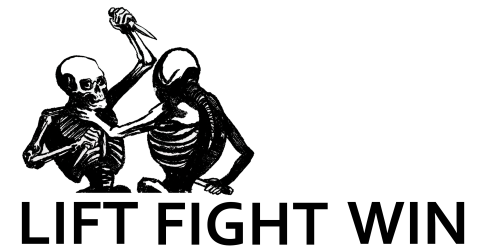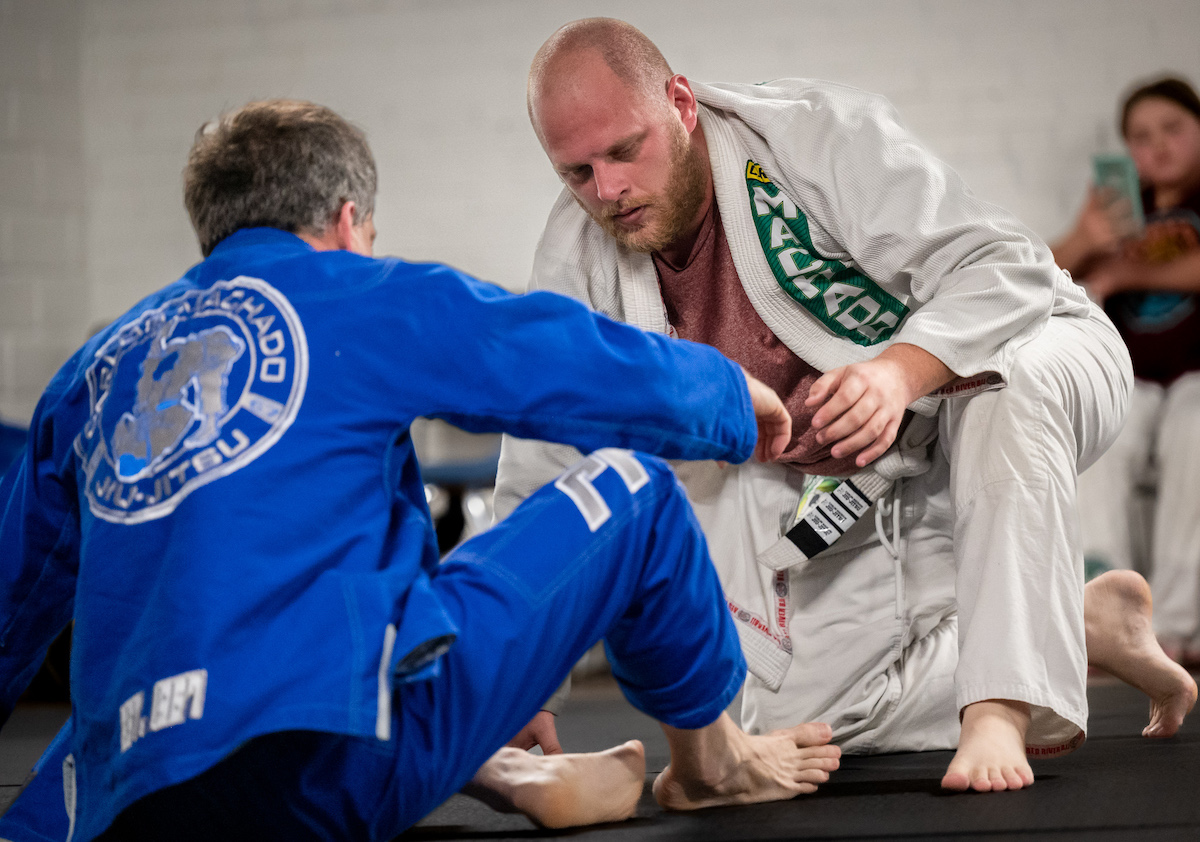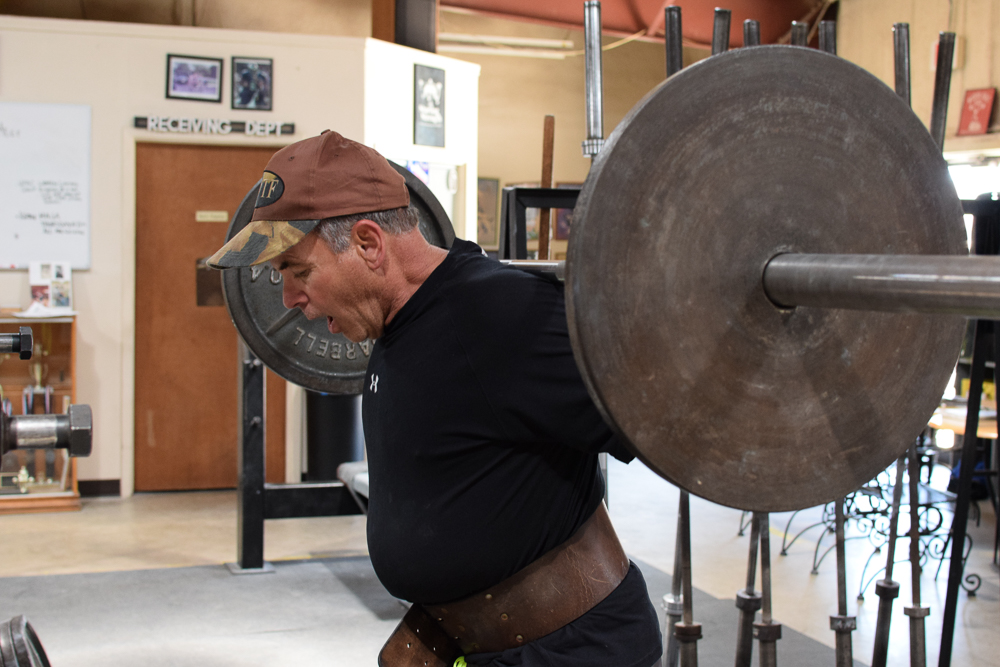
A loud minority of Internet Fitness Experts (IFEs) are busy proliferating the idea that the squat is of limited use and, in some cases, downright dangerous. Some assert that the squat is an advanced movement, potentially requiring upwards of 60 corrective exercises for the fixing of movement deficiencies before actually learning it. Others dismiss it completely since they’re not interested in being powerlifters, muscle-bound, or injured, while some just want to focus on aesthetics and more quad development, or any number of other reasons they can find to avoid squatting.
Nothing mobilizes the IFE more than the posting of the recommendation for older populations to strength train using barbells. A photo or video of a 60+ year old lifter with a bar on their back or in their hands produces predictable outrage at the stupidity of such an endeavor, and a demonstration of a Starting Strength Coach expertly guiding a healthy 72-year-old guy through a modified squat teaching progression results in accusations of gross irresponsibility on the part of the coach.
While most of these things don’t require rebuttal or even comment, there are a few general themes pertaining to the squat that come up repeatedly in the context of the training of older populations. Specifically, why they shouldn’t squat, or why a different, squat-like exercise, would be safer or better.
“Mobility”
This is the most common reason someone gives for either why he or she can’t squat, or why another person can’t squat. In the elderly, IFEs argue that the lack of muscle extensibility around a joint has produced a situation in which the person couldn’t possibly squat safely. The proof is in the fact that the elderly trainee looks shaky on the way down into the squat or off the box, and that they can’t reach full depth.
When people don’t go below parallel, it’s for one of two reasons. They either have never been coached to do so, or they aren’t strong enough to achieve the range of motion. It’s never due to mobility, in the absence of significant anatomical abnormalities.
The former can be fixed by proper coaching. The latter is fixed by getting the trainee stronger with a leg press and takes a short time, although the timeline can be quite a bit longer depending on how deconditioned the trainee is. For the worst cases, a high box will be used, then progressively shorter boxes until the squat is below parallel. Then the squat is loaded with hand weights and then a barbell. The point is that squatting correctly and getting stronger takes care of the mobility argument. No amount of “mobility work” will get someone to squat correctly. Coaching and getting stronger will.
Excessive Strain on the Back
To the IFE, tweaking your back when you’re old is the worst possible thing that could happen. Surely, it’s safer to use a front squat or a goblet squat since old people are frail and their spines will snap at any moment. It’s irresponsible to load an old person’s back with a bar and tell them to lean over so that they squat with their hips. Just look at all the shear!
This silliness comes from a fundamental misunderstanding of the mechanics of a loaded barbell squat and of the stress, recovery, and adaptation cycle. Yes, nearly the entire skeleton is under compressive and moment force in a squat. I lack the knowledge of structural engineering to be able to explain this in sufficient detail, but I can tell you that a look at the structures of the vertebral bodies, the ligaments, tendons, and muscles surrounding them, and their arrangement, all strongly suggest that force transferred through the back segment held in normal anatomical extension is transferred in compression. Moment force is a “shear force,” but “shearing” – sliding along a plane – does not occur in a normal spine. For a normal spine to fail in shear, a significant force is required to overcome the overlapping nature of the pedicle/facet joints and the soft tissue surrounding them – something like those encountered in a car accident. Open up your copy of Netter and take a look.
Yes, we do want the lifter to lean over. We want them to use their hips and stress their backs because these are the structures that need the strength adaptation. Compressive force on the bones is exactly what we’re looking for, especially in an older trainee. Even though the rate of adaptation is significantly blunted in advanced age, adaptation still occurs and the benefits that come from loading the entire skeleton with the most weight possible, over the longest effective range of motion, and using the most muscle mass possible are critical to those who are fighting to maintain not only muscle mass, but also independence in their late years.
Safety
The last most common accusation in defense of suboptimal exercise prescription in lieu of squatting is the inherent danger and complexity of the squat – failing, of course, to take into account the fact that nobody gets under a bar and tries to squat 405 on their first day. Folks over 60 years old are typically risk averse and are the LEAST likely to attempt something they physically are incapable of doing, unlike 17-25 year olds. The first day for an older trainee will be very similar to the first day for a person in their early 30s. They will figure out what their starting loads will be and those loads will be appropriate for them. The guy who is 30 may squat 175. The guy who is 70 may squat the bar. And the guy who is 85 may have to squat to a bench. All of them will squat, though, and they’ll increase the stress a little bit every workout initially. And they will all get stronger. The difference is that the 30 year old will add hundreds of pounds to his squat during his training career, while the 85 year old will work hard to squat with a few plates on the bar.
Off the Comments Section and Into the Gym
Starting Strength Coaches have trained thousands of individuals, a very large percentage of which are older than 50. The SSC understands that the body responds to stress by adapting, and understands a model of loaded human movement that allows for the efficient acquisition of strength. Since they have such a deep understanding of the coaching model and of the programming model, they are undoubtedly in the best position, with the best tools, and with the most experience to be able to apply these principles via effective training, even if the methods require modification from time to time. Discussion and critique is always welcome, but it’s time for the discussion to shift more toward the advancement of the universally useful strength, recovery, and adaptation principle and how to effectively put it into practice.
This article was first published on Starting Strength website: http://startingstrength.com/training/in_defense_of_the_squat_for_old_people










